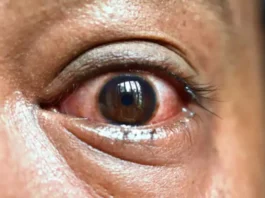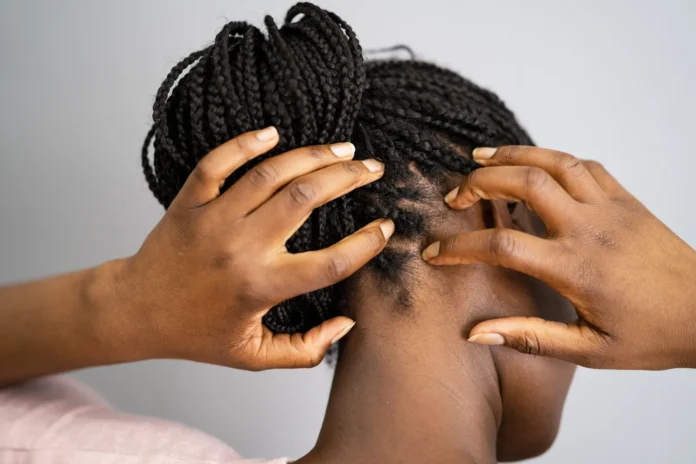Dealing with head lice can be a frustrating experience, but armed with the right information and strategies, you can effectively get rid of these tiny pests.
In this comprehensive guide, we will explore various methods to eliminate head lice, ranging from traditional delousing shampoos to natural remedies and essential oils.
Understanding the lifecycle of head lice and knowing how to use treatments safely is crucial for successful eradication.
Head lice are tiny insects that infest the hair and scalp, causing itching and discomfort. They are highly contagious and can spread easily from person to person, making prompt treatment essential to prevent further infestation. Adult female lice lay eggs (nits) at a rapid rate, and even a small infestation can escalate quickly if not addressed.
1. Delousing Shampoos: A Step-by-Step Guide
One of the most common and effective methods to eliminate head lice is using delousing shampoos. These shampoos typically contain mild pesticides that are safe for use on the scalp but require careful supervision, especially for children. In this section, we’ll explore the steps to using delousing shampoos:
a. Choosing the Right Shampoo: An overview of over-the-counter options and considerations for individuals with allergies or sensitivities.
b. Application and Timing: Follow the instructions on the package carefully, ensuring the shampoo stays on the scalp for the recommended duration. Learn the importance of changing into clean clothes post-treatment.
c. Washing Clothes: Understand the significance of washing clothes with hot water or using a hot dryer to kill any lice on fabrics.
d. Retreatment and Scalp Check: Most delousing treatments require multiple applications. Learn when and how to retreat, and the importance of checking the scalp 8-12 hours after treatment.
e. Nit Comb: Even if a shampoo claims to kill eggs, using a fine-toothed nit comb is essential for thorough egg removal. Proper combing techniques and frequency are discussed.
2. Alternative Treatments: Wet-Combing and Essential Oils
In addition to traditional delousing shampoos, some alternative treatments have shown promise. Explore the following options:
a. Wet-Combing Technique: An in-depth look at combing wet hair with a fine-toothed nit comb, including the use of hair conditioner for lubrication. Discuss the frequency and duration of wet-combing sessions.
b. Essential Oils: Small clinical studies suggest that certain essential oils, such as tea tree oil, anise oil, and lavender oil, may have a toxic effect on lice and eggs. Learn how to use these oils effectively and safely.
3. Prescription Medications: Malathion and Benzyl Alcohol Lotions
For more severe cases or resistance to over-the-counter treatments, prescription medications may be necessary. This section covers two prescription options:
a. Malathion Lotion: Available by prescription, malathion lotion is effective against louse eggs. Understand the application process, precautions, and potential side effects.
b. Benzyl Alcohol Lotion: Another prescription-only option, benzyl alcohol lotion, kills head lice by asphyxiation. Learn about its application, limitations, and potential skin irritation.
Safety Measures and Best Practices
To ensure the safe and effective use of head lice products, it’s crucial to follow specific guidelines. This section provides a comprehensive list of safety measures, including steps for using head lice products safely, applying medications as directed, and seeking professional advice when needed.
In Conclusion
Dealing with head lice infestations requires patience, diligence, and a multi-faceted approach. By combining conventional treatments with natural remedies and adhering to safety protocols, individuals can effectively eliminate head lice and prevent future outbreaks. Consulting healthcare professionals for personalized recommendations and guidance is paramount, particularly in cases of treatment resistance or adverse reactions.















